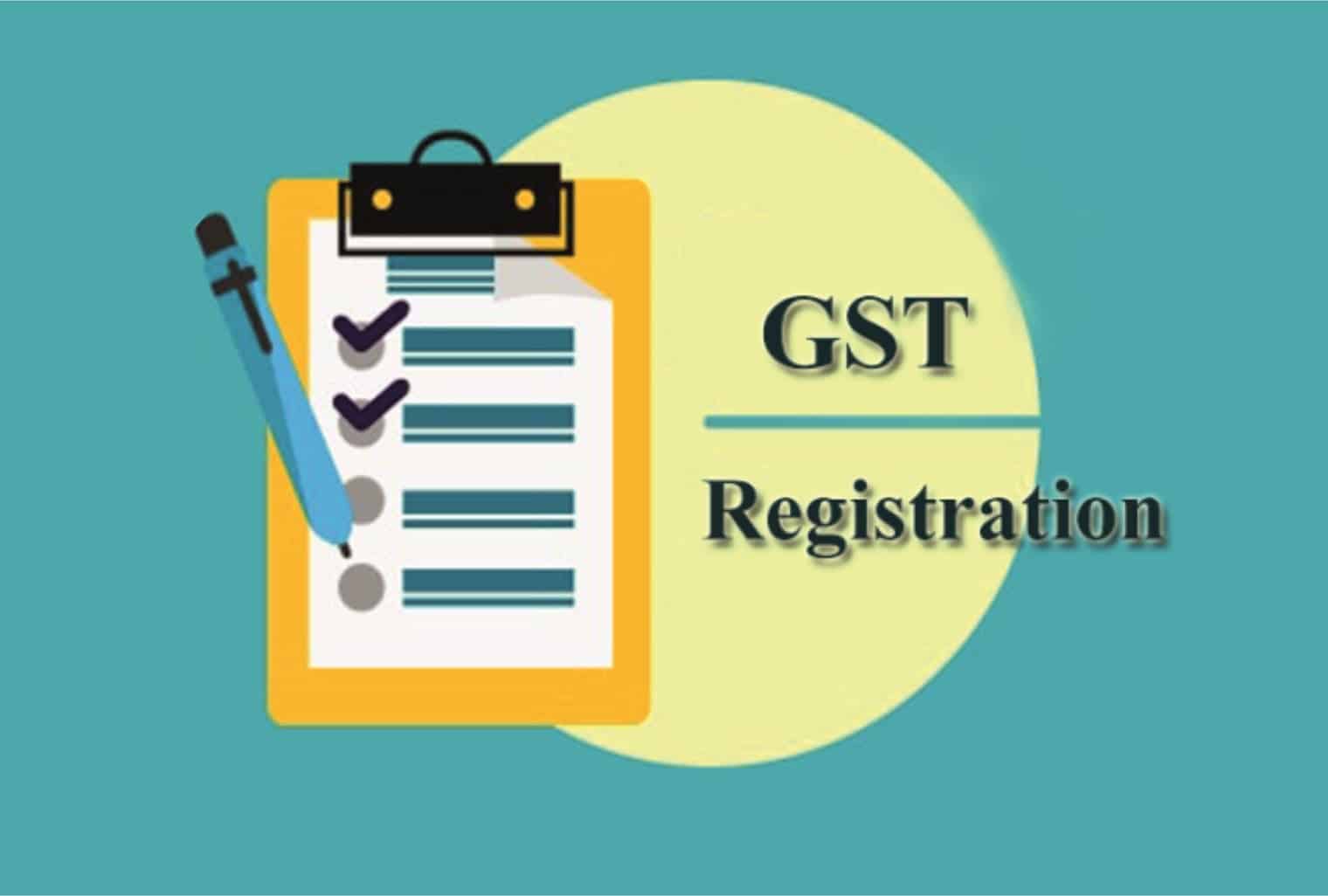How to Navigate Singapore GST Registration for Your Firm
How to Navigate Singapore GST Registration for Your Firm
Blog Article
The Ultimate Guide to Streamlining the GST Enrollment Refine and Needs for Small Company Owners

Recognizing GST Basics
To understand the principles of the Goods and Services Tax (GST) system, small service owners must initially understand its underlying concepts and ramifications. Under the GST program, companies are needed to sign up and accumulate tax obligation on part of the government, making certain openness and compliance.
Among the crucial principles of GST is input tax credit score, which permits organizations to declare credit score for tax obligations paid on their acquisitions. This system avoids the plunging impact of taxes and promotes performance in the tax obligation system. In addition, GST is a destination-based tax, implying that the tax is imposed at the point of consumption instead of the point of beginning. This makes certain fair circulation of tax revenue amongst states based on where the products or solutions are eaten. Comprehending these fundamental concepts is crucial for local business proprietors to navigate the complexities of the GST system and make sure conformity with the law.
Qualification Criteria for Registration
Having actually established a foundational understanding of GST concepts, small company owners must now satisfy details eligibility requirements to continue with the enrollment procedure. In India, entities took part in the supply of items or services with a yearly accumulation turn over surpassing Rs. 40 lakhs (Rs. 10 lakhs for special group states) are needed to register for GST. Furthermore, certain businesses such as those entailed in inter-state supply of goods, casual taxed persons, and those required to pay tax under the reverse fee device need to sign up for GST regardless of their turnover. Companies that were registered under the previous tax program (BARREL, solution tax obligation, etc) are likewise mandated to sign up under GST. However, agricultural businesses that just supply create out of primary manufacturing are excluded from GST enrollment. It is crucial for entrepreneur to very carefully evaluate their qualification based upon these criteria to ensure conformity with the legislation and avoid any charges for non-compliance.
Files Needed for GST Registration

Simplified Registration Process Actions
Complying with the collection and confirmation of the requisite files, the registration process for GST can be browsed via a series of streamlined steps designed to facilitate effective compliance for tiny business proprietors. The initial step involves seeing the GST website and selecting the 'New Enrollment' alternative. Ultimately, the applicant has to fill up in Component A of the GST REG-01 kind with information such as PAN, mobile number, and email address to get an OTP for confirmation. When the OTP is received and gotten in, a Short-term Reference Number (TRN) is generated for further procedures. The next step needs submitting Part B of the type with necessary business information, uploading sustaining documents, and completing the verification procedure making use of DSC or EVC. Lastly, upon effective confirmation, an Application Recommendation Number (ARN) is issued, indicating the completion of the GST enrollment process. he said By following these streamlined steps, local business owners can properly sign up for GST and guarantee compliance with tax obligation laws.
Tips for Ensuring Conformity
To preserve regulative adherence and functional honesty, thorough oversight and aggressive steps are critical in making sure conformity with GST needs for small company Related Site owners. Tiny business owners have to stay upgraded with GST guidelines, filing due dates, and any kind of changes in tax obligation rates to stay clear of fines and keep a great standing with tax obligation authorities. One essential pointer for compliance is to keep comprehensive and exact records of all purchases, including billings, receipts, and expenditures associated with GST. Frequently integrating economic records with GST returns can assist in determining and fixing any type of disparities without delay. In addition, performing routine internal audits or seeking specialist aid can ensure that the organization is following all GST guidelines appropriately. It is also essential for tiny service proprietors to buy GST-compliant audit software application that can improve the tax filing process and minimize mistakes. Lastly, participating in GST recognition workshops or training programs can improve understanding and compliance with GST guidelines, ultimately profiting business over time.
Verdict
In final thought, little business proprietors need to comprehend the essentials of GST, meet the eligibility requirements, collect needed records, and comply with the streamlined registration process actions to make sure compliance. By streamlining the GST registration process and needs, tiny organization proprietors can avoid penalties and operate their organizations smoothly within the legal structure - Singapore GST Registration. It is essential for local business proprietors to stay informed and compliant with GST regulations to maintain an effective service procedure
Little business proprietors looking for GST enrollment must guarantee they gather and submit the necessary papers to finish the enrollment process effectively. The files needed for GST enrollment commonly include advice evidence of organization enrollment or consolidation, FRYING PAN (Permanent Account Number) card of the company entity, address and identity evidence of the promoters/partners/directors, photos, address proof of the area of business, bank account statements or terminated cheques, and permission types. Going to GST recognition workshops or training programs can enhance understanding and compliance with GST regulations, eventually profiting the business in the long run.
By streamlining the GST enrollment process and needs, small business proprietors can stay clear of fines and run their businesses efficiently within the lawful framework. It is essential for little business proprietors to remain compliant and enlightened with GST laws to maintain a successful business procedure.
Report this page